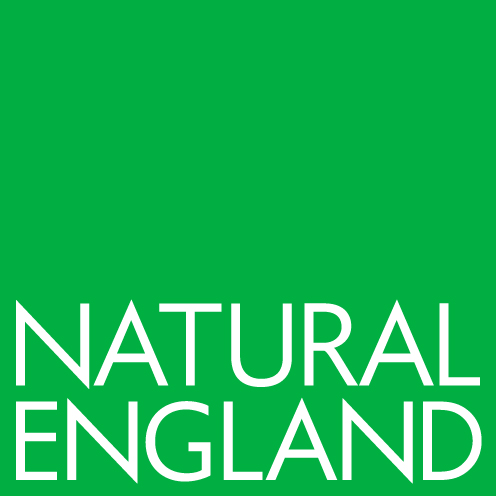
Dave Slater, Natural England’s Acting Director for species licensing work, takes a look at Natural England’s licensing statistics for 2018 and 2019.
One of my first priorities in the Autumn as Natural England’s Acting Director for our species licensing work was to make our licensing data publicly available.
We stopped publishing these a few years ago, as the very low number of page visits that the annual summaries generated did not justify the work required to produce them. Since then however there has been a welcome and very significant increase in the public interest in our licensing work. To respond to that and in the interests of transparency we will now recommence publishing those annual summaries.
A licence may be required when you carry out any work that affects wildlife and its habitat, which might disturb or harm that wildlife. They also sometimes allow for the lethal control such as destroying eggs of species in certain circumstances where there is no alternative and to prevent serious damage to food, protect public health and safety such as aircraft safety at an airport, and preventing disease spread.
They also enable important conservation work to take place that involves handling or disturbing protected species.This important conservation work includes the tracking and ringing of birds such as hen harriers, the reintroduction of species such as beavers in a number of areas across England, white-tailed eagles in the Isle of Wight, and the recent rescuing of curlew eggs from nests near RAF air bases that would normally be destroyed.
Along with the renewed interest in our licensing work, there has also been some criticism about the activities licences are granted for and their impact on wildlife, in particular where animals have to be culled. We take this criticism very seriously. But I’d also like to reassure people that we don’t grant licences lightly. Each application is assessed in the same way and must meet specific criteria before a user is eligible. In determining licence applications, our experts also take full account of the law to ensure the conservation interest of a species are protected.
Linked to this blog are details of the over 6,000 wildlife licences we issued in 2018 and 2019.
The licences fall into four main categories:
- European Protected Species mitigation licences, issued to allow otherwise unlawful activities involving species such as great crested newts and bat species, often in association with development activity (often to protect the welfare of the individuals or safeguard local populations).
- Class licences, issued to suitably qualified individuals to carry our otherwise unlawful activities involving protected species under defined circumstances, often on more than one occasion or at more than one location.
- Science and conservation, issued to allow otherwise unlawful activities involving protected species for the purposes of conservation and research. Examples include visiting bird nests as part of conservation research, a recent initiative to save dozens of curlew eggs from RAF airfields, or collecting seeds from a protected plant species as part of a conservation project.
- Species management, issued to allow the disturbance or control of certain species to manage human-wildlife conflicts.
The summaries do not include licence issued under the Protection of Badgers Act 1992 for the purpose of the prevention of the spread of disease as these are covered in detail elsewhere.
The summaries for 2018 and 2019 illustrate the wide range of our licensing work. We deal with a very diverse group of applicants from ornithological researchers to pest control contractors. We deal with a very diverse group of applicants from ornithological researchers to pest control contractors. Every licence is carefully assessed against our licensing tests by our expert staff before a licence is issued, involving site visits and other evidence gathering in the more complex and unusual cases.
As in previous years, we have authorised the removal of individual birds (or their nests), for example where they are a risk to transport or power supply infrastructure; the shooting of cormorants alongside scaring to protect inland fisheries; and the removal of birds that are presenting a risk to aircraft safety at an airport.
There is a lot of information in the summary tables. For further information please contact us enquiries@naturalengland.org.uk.
5 comments
Comment by Keith posted on
The only thing wrong with this planet is human beings,the birds and other animals are just trying to live their lives but are struggling due to the selfish,ignorant,polluting beings we are.
Comment by Pamela Leadbeater posted on
I was interested to note that over 6,000 wildlife licences were issued in 2018 and wondered where I could view this information in relation to a specific city and specific area. Would this be shown on a map exactly where these licences were issued, or would the name of the applicant be listed and would this be available for the public to view?
If it is not too much trouble, can you also confirm the number of licences issued in 2019.
Many thanks
Comment by j m frank posted on
Could you please offer the summary tables in Mac-accessible format as well. Even if I had a PC it's quite likely I couldn't open the odd spreadsheet format you offer.
Comment by Steve macha posted on
Please include the numbers of animals licensed to be killed
Comment by Keith Dancey posted on
Natural England have FAILED to make the summary data public because it is unreadable in either Android or MacOS.
This contravenes public policy.